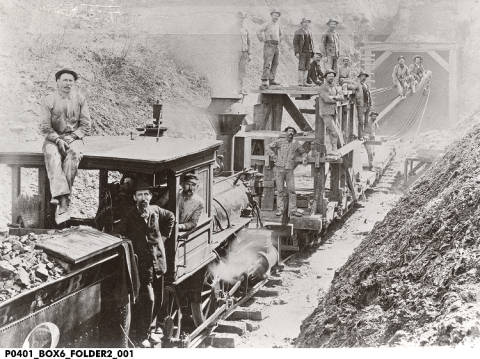The Marquette and Huron Mountain Railroad

The Marquette & Huron Mountain Railroad was a heritage railway line that ran along the ex- Big Bay Branch of the Lake Superior & Ishpeming Railroad between Marquette and Big Bay, MI, starting operations in 1962, once freight hauls along the branch ceased. ( Right of way ) Marquette & Huron Mountain Steam Engine no. 23 in 1964. FRRandP Photo Collection (unknown photographer) The right of way began as the Marquette & Southeastern Railroad, which was merged into the Munising Marquette and Southeastern Railway in 1911 via a consolidation with the Munising Railway. In 1923, a much larger operation, the Lake Superior and Ishpeming Railroad took over operations. The route mainly handled lumber during its life before the heritage line took over, and as supply dwindled during the 1940's-50's, so did revenue. By 1962, the line was slated for abandonment before the M&HM Railroad was formed to operate the line as a heritage railway. Another shot of M&HM 23, fr...





